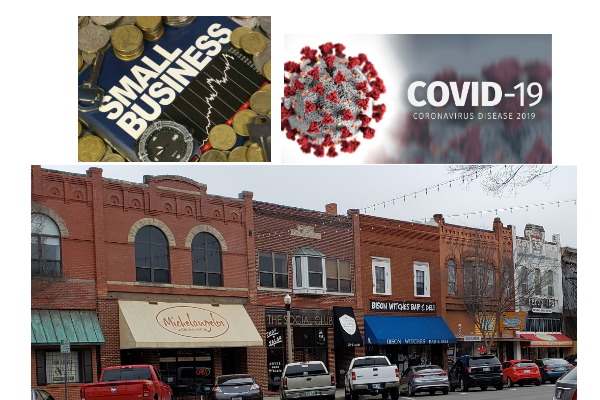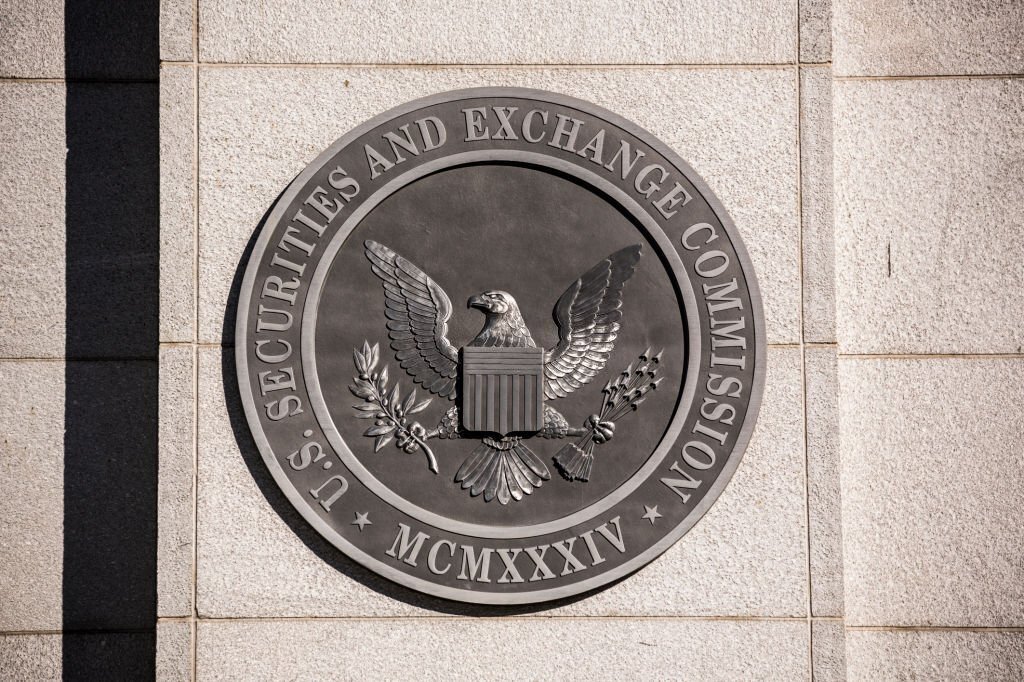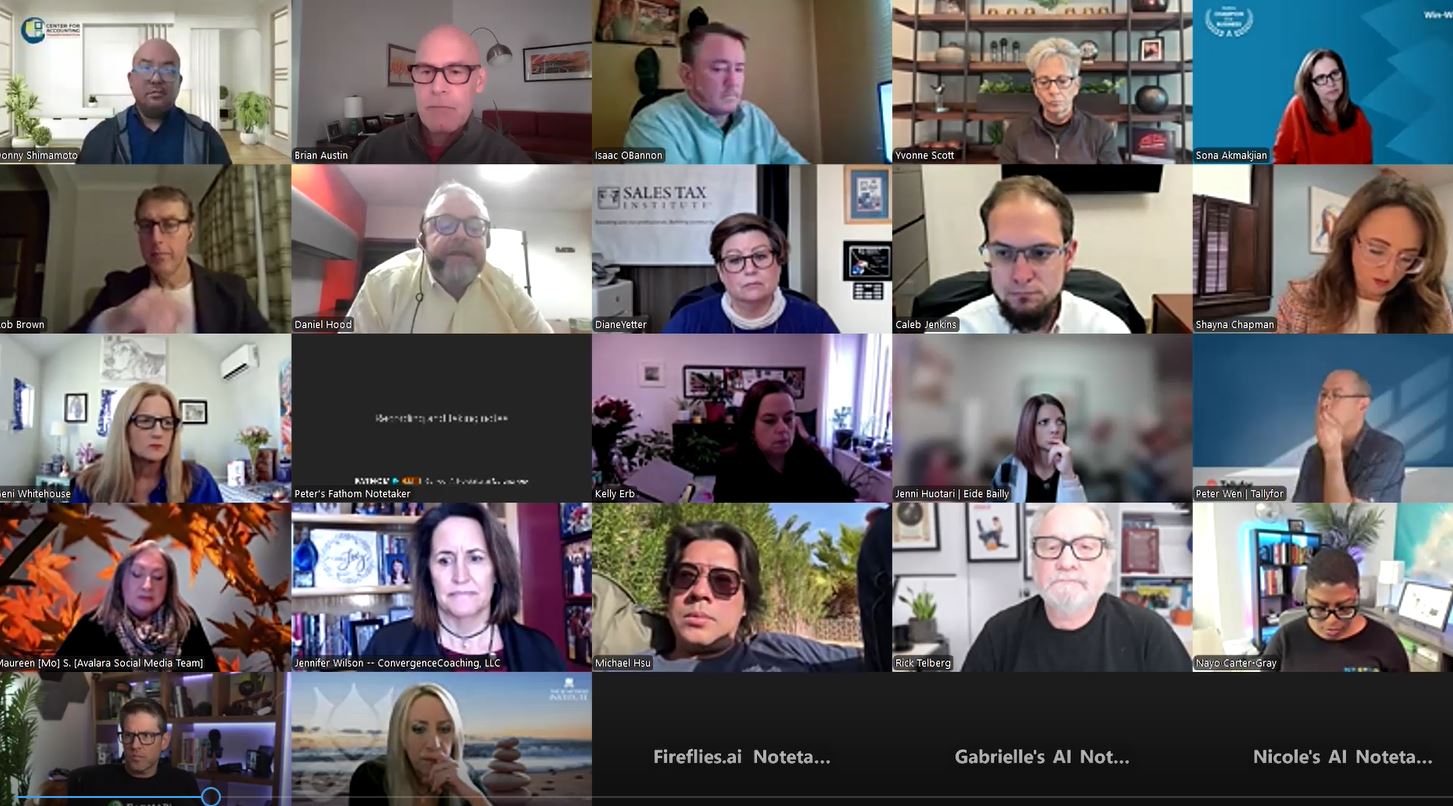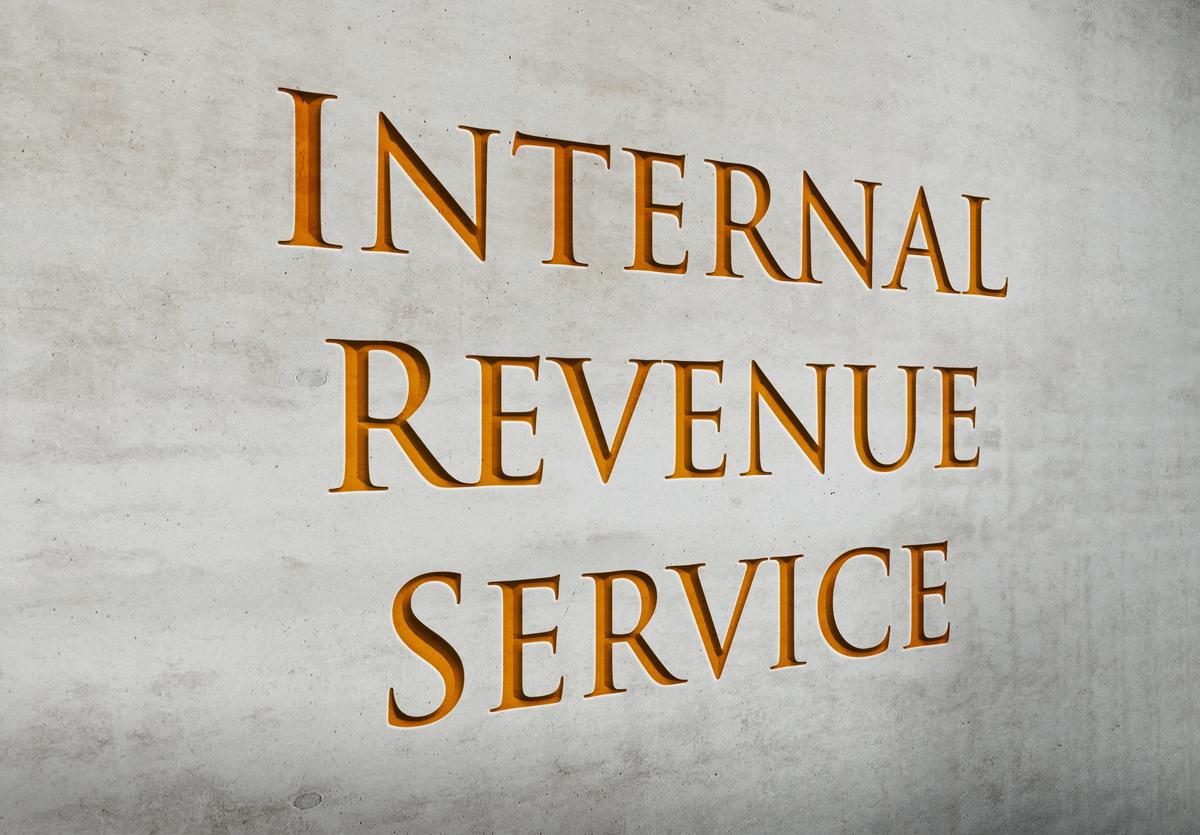Small businesses shuttered by coronavirus countermeasures can start applying for emergency loans to cover payroll and other costs as soon as Friday, according to Treasury Department guidance.
The Treasury published fact sheets for lenders and borrowers Tuesday for the $349 billion Paycheck Protection Program that was part of the $2.3 trillion economic lifeline package enacted March 27.
The program is relying on the Small Business Administration’s existing network of around 1,800 banks and credit unions in its Section 7(a) loan guaranty program to provide small businesses forgivable loans to cover payroll and other fixed costs while government COVID-19 containment measures shut down large swaths of the economy.
[Downloadable PPP loan application. PDF]
Small businesses and sole proprietorships can start applying Friday for loans from existing SBA-approved lenders. Independent contractors and self-employed individuals can do the same starting April 10. Nonprofit organizations can also apply.
Stepping up lending will be a massive challenge. Over the entirety of 2019, the SBA approved just 51,907 loans under the 7(a) program to 46,111 businesses for a total of $23.2 billion. The program wants to see roughly 15 times that total issued in a matter of weeks.
The most 7(a) loans any single bank issued last year was 762 by Huntington National Bank, for a total of $125 million, according to SBA figures. The most loaned by a single bank was $349 million across 250 loans by the Live Oak Banking Co. Among just the top 100 SBA lenders, the median number of loans issued in 2019 was 29, and the mean was 79.
Already, small businesses have reported trouble applying for the SBA’s disaster loan program, which was expanded to cover companies hurt by COVID-19 in the first emergency response package. The SBA itself processes disaster loan applications, though, rather than financial institutions that do so under the 7(a) program.
According to the Treasury fact sheet, the terms of the new loans will be the same for everyone. They are capped at eight weeks of a borrower’s payroll expenses, debt interest, rent and utilities, up to $10 million. Borrowers that use the loans for those costs won’t need to pay back the principal, and interest is set at 0.50% — lower than the 4% annual rate limit set by statute. Borrowers can defer payments for six months, although interest would accrue during that period, and the loans would be due in two years, with no penalties for prepayment.
The deadline to apply is June 20, 2020 — roughly 11 weeks from Tuesday.
According to the borrower fact sheet, if a company has already fired staff, it will have until June 30 to rehire them to qualify for the program.
SBA figures show that 99% of U.S. businesses fall under the law’s 500 employee threshold, and as many as 47.5% of workers could benefit. If every small business applied, however, economists have estimated that the costs would be more than double the $349 billion appropriated by the economic rescue law.
Last week, Speaker Nancy Pelosi suggested another bill would be necessary, saying more funds were needed for treating coronavirus, expanding food stamps, and saving state and municipal budgets blown by the drop in tax revenue and the cost of responding to the contagion.
On Tuesday, President Donald Trump seemed to endorse another emergency response package, tweeting: “With interest rates for the United States being at ZERO, this is the time to do our decades long awaited Infrastructure Bill. It should be VERY BIG & BOLD, Two Trillion Dollars, and be focused solely on jobs and rebuilding the once great infrastructure of our Country! Phase 4”
Other Republicans, including House Minority Leader Kevin McCarthy and House Financial Services ranking member Patrick T. McHenry have downplayed the idea, saying they’d rather wait to see how the phase three legislation performed before working on another pandemic response package.
According to Treasury’s fact sheet for lenders, they should only do limited underwriting on the loans, verifying just that a borrower was in operation on Feb. 15, that it was paying salaries and payroll taxes, and the borrower’s average monthly payroll cost. Along with loan applications, borrowers will be asked to provide payroll data and make a good-faith certification to the validity of the information provided.
The program is open to all federally insured banks and credit unions, which will collect nearly risk-free fees to underwrite the loan. The SBA is guaranteeing all loans under the program, and the $349 billion appropriated will go toward forgiving the debts. The SBA is also waiving guaranty fees. Lenders participating under the program will get paid based on the balance of financing outstanding: 5% for loans $350,000 and under, 3% for $350,000 to $2 million loans, and 1% for loans over $2 million. Lenders are barred from collecting fees from borrowers, and agent fees will be paid out of the lender fees.
The fact sheets did not provide more information on how quickly the SBA can approve new banks and credit unions as SBA lenders.
While forgiven debt is usually treated as income for tax purposes, it won’t under this program. Certain companies with more than 500 employees, including hotel chains, restaurant groups and franchisees, can also qualify as small businesses for the loans.
———
©2020 CQ-Roll Call, Inc., All Rights Reserved
Visit CQ Roll Call at www.rollcall.com
Distributed by Tribune Content Agency, LLC.
Thanks for reading CPA Practice Advisor!
Subscribe Already registered? Log In
Need more information? Read the FAQs
Tags: Accounting, Income Tax, Small Business


![gavel1_11537663[1]](https://www.cpapracticeadvisor.com/wp-content/uploads/2020/03/gavel1_11537663_1_.5e6a69aa237a8.png)

